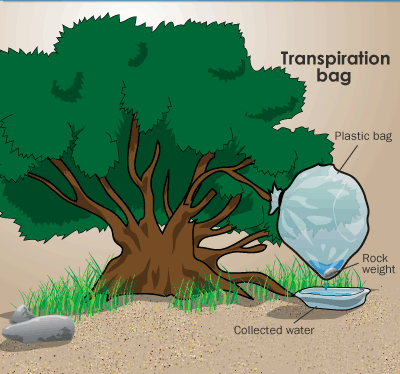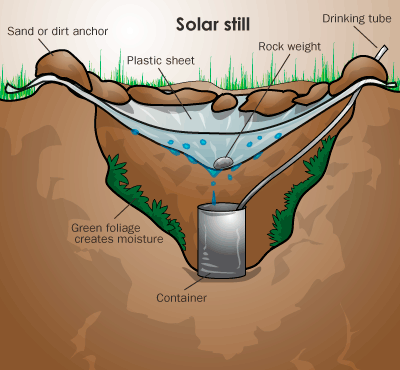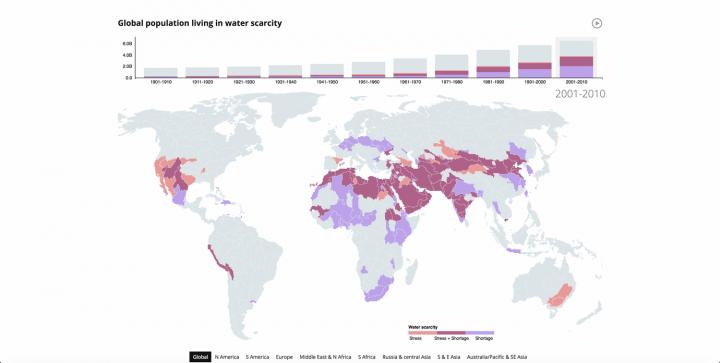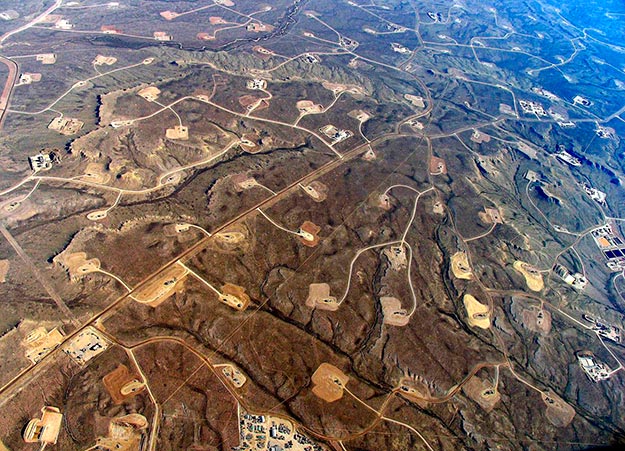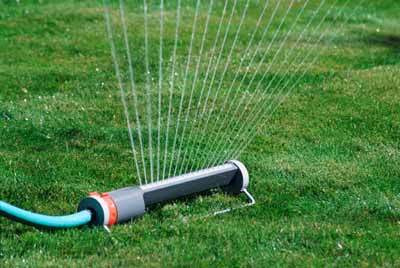If your energy is low, you’ll want to avoid the digging involved in a belowground still. All you really need is a clear plastic bag, and you can use the transpiration technique to collect potable water:
- In the morning, take a bag and tie it around a leafy green tree branch or shrub.
- Weight the inside with a rock to create a low point for the water to collect.
Over the course of the day the plant will transpire and produce moisture that will collect at the low point. Poke a hole to drink the water or pour it into a container for later. The water will taste like whatever plant you choose, but it’s better than nothing. It’s also important to use non-poisonous vegetation. Once you’re done, tie the hole shut and reuse the bag. Read more

